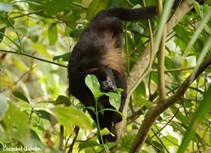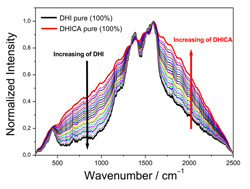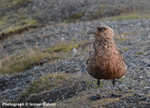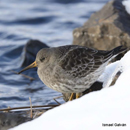
Welcome
Welcome to the official website of the Doñana Biological Station (EBD-CSIC)...

The Doñana Biological Station: EBD-CSIC
The Doñana Biological Station is a public Research Institute belonging to the Spanish Council for Scientific Research CSIC in the area of Natural Resources...

Mission
Our fundamental mission is to carry out multidisciplinary research of the highest standard directed to understanding the way in which biodiversity is generated, maintained and deteriorates, as well as the consequences of its loss...

Our methods
We apply many techniques within a multidisciplinary framework, from molecular genetics to remote sensing, and from modelling to physiological and isotopic analyses...

Monitoring the environment
Monitoring biodiversity at the Doñana Natural Space cover a wide range of communities, including both terrestrial and aquatic organisms...

Aims
Our aims include the study of the ecological and evolutionary processes by combining field work, mathematical and statistical models and physiological and genetic analysis...
 Outstanding
Outstanding
-
 Pheomelanin synthesis varies with protein food abundance in developing goshawks
Pheomelanin synthesis varies with protein food abundance in developing goshawks -
 Recent shift in the pigmentation phenotype of a wild Neotropical primate
Recent shift in the pigmentation phenotype of a wild Neotropical primate -
 Raman spectroscopy quantification of eumelanin subunits in natural unaltered pigments
Raman spectroscopy quantification of eumelanin subunits in natural unaltered pigments -
 Color measurement of the animal integument predicts the content of specific melanin forms
Color measurement of the animal integument predicts the content of specific melanin forms -
 Review of the main characteristics of bird integumentary melanins
Review of the main characteristics of bird integumentary melanins

 Pheomelanin synthesis varies with protein food abundance in developing goshawks
Pheomelanin synthesis varies with protein food abundance in developing goshawks



